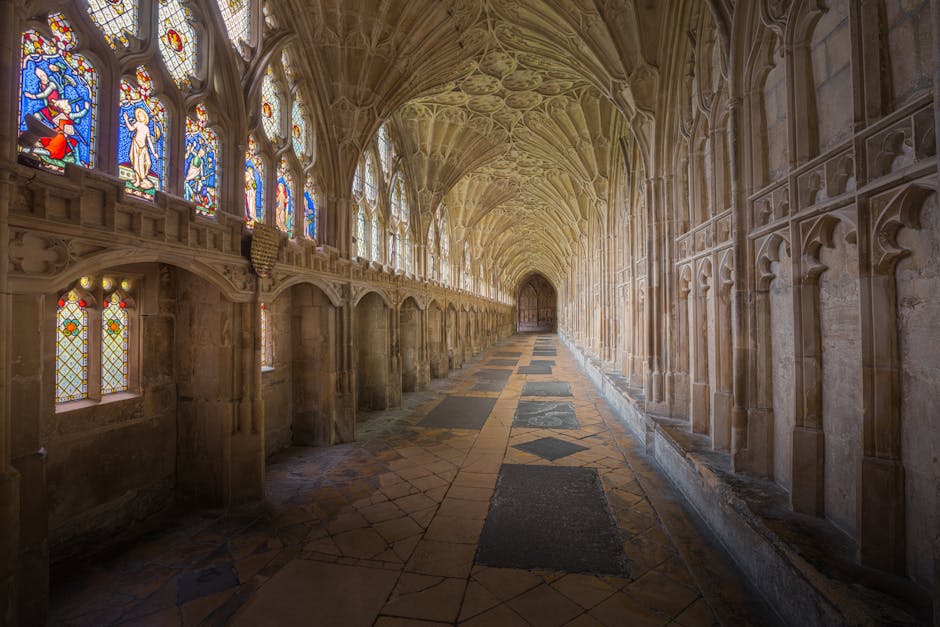After one and a half playthroughs, Tales of Xillia Remastered has proven that this old RPG was worthy of an upgrade. The Tales franchise has long been a pillar of the JRPG community, beloved for its rich storytelling and dynamic combat. Among its many entries, Tales of Xillia (2011) stood out as a fan favorite. Now, Bandai Namco has given this classic a fresh coat of paint, and it’s clear this modern revival was more than justified.
A Worthy Upgrade: Sharper Visuals and Smoother Performance
The most immediate improvement in Tales of Xillia Remastered is its visual overhaul. The original PS3 release, while charming, showed its age with muddy textures and inconsistent framerates. This remaster smooths out those rough edges, delivering sharper character models, enhanced lighting, and a stable 60 FPS on modern hardware. The world of Rieze Maxia feels more alive than ever, and the beautiful anime-style cutscenes hold up perfectly.
Performance-wise, the remaster is a dream. The slowdowns that occasionally plagued the original are gone, making battles—already a highlight of the series—feel incredibly fluid. The signature Linear Motion Battle System (LMBS) truly shines here, making combo-heavy fights more responsive and visually satisfying than ever before.
Revisiting Rieze Maxia: The Dual Protagonist Story Shines
One of Tales of Xillia’s defining features was its dual protagonist system, allowing players to experience the story through either Jude Mathis, a kind-hearted medical student, or Milla Maxwell, the mysterious Lord of Spirits. Revisiting both perspectives reinforces just how masterfully their narrative arcs intertwine.
Jude’s journey is grounded in human struggles, while Milla’s story explores grand, mythological themes. Playing through both routes reveals nuances in the plot and side characters like Alvin, Leia, and Elize that a single playthrough simply can’t capture. This narrative structure remains one of the game’s greatest strengths.
Key Gameplay Improvements and Quality of Life Changes
While not a full-blown remake, Tales of Xillia Remastered includes several subtle but impactful quality-of-life (QoL) improvements.
* Faster Load Times: Moving between areas is now nearly seamless.
* Crisper UI: The user interface has been cleaned up for modern high-resolution displays.
* Bundled DLC: Previously paid DLC, including unique costumes and character-building skits, is now included in the base game.
The core “Lilial Orb” skill system remains intact, but navigating menus to optimize your party is a much smoother experience, letting you get back to the action faster.
What Hasn’t Changed? Minor Flaws from the Original Remain
Tales of Xillia Remastered doesn’t completely erase the original’s flaws. The camera can still be finicky in tight dungeon corridors, and some environmental textures still show their PS3-era roots. Furthermore, it lacks the extensive new content seen in other remasters like Tales of Vesperia: Definitive Edition. For those seeking a ground-up remake, this may feel more like a simple port. However, for newcomers or fans who missed the original, this is undoubtedly the definitive way to play.
The Verdict: Is Tales of Xillia Remastered Worth It?
After spending over 60 hours across two playthroughs, Tales of Xillia Remastered makes a powerful case for itself. It preserves the magic of the original—its emotional story, engaging combat, and charismatic cast—while modernizing the experience just enough for today’s audience.
For JRPG fans who never played the original, this remaster is an absolute must-play. For veterans, it’s a polished and nostalgic trip well worth revisiting. Bandai Namco has proven that some classics truly deserve a second chance in the spotlight.




